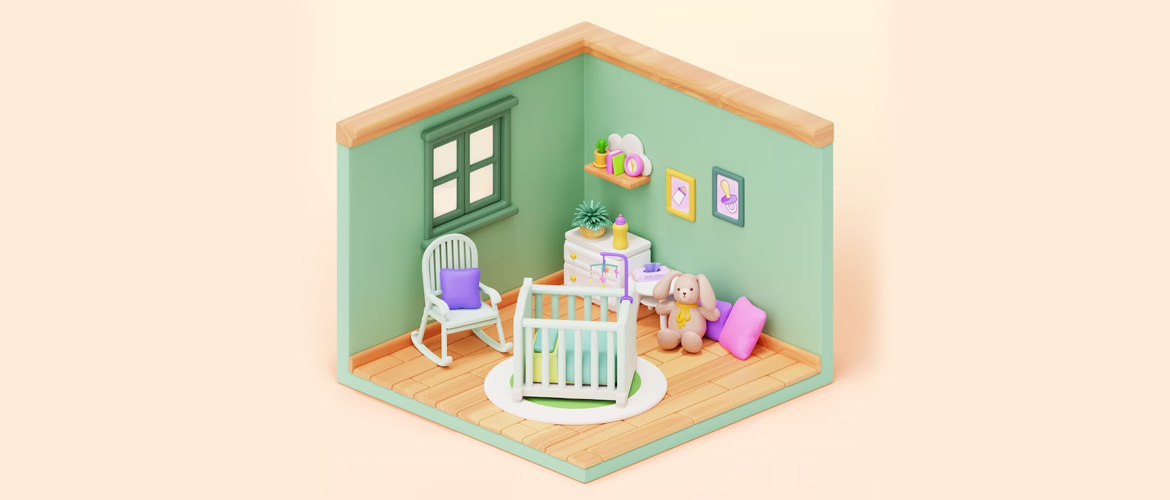Are you planning to design or redesign your baby’s room? We are here to help you decorate your baby’s room ensuring safety and comfort. Firstly, you need to choose an appropriate theme for your baby, then choose the colours, and finally add furniture and other elements to complement the entire look.
17 Tips for Designing Your Baby’s Room
Safety
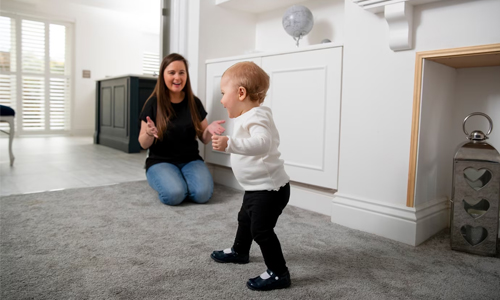
Your baby’s safety is the priority while designing your baby’s room. Newborn kids never care about what is in their surroundings, they can play and sleep everywhere in the room. So, parents must make safe and secure rooms for their babies.
-
Ensure Safety in the Room
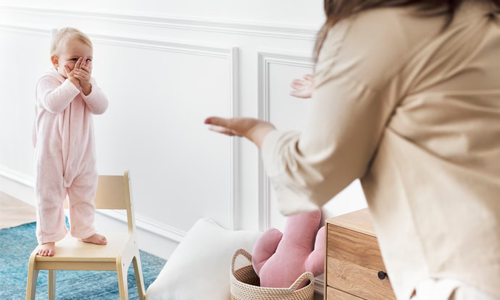
Newborn babies spend 14 to 17 hours sleeping, so you need to ensure the room is calm and safe. Babies need a dynamic environment to grow their talents once they are 6 months old. Childproof furniture and other things at home to accommodate the needs of a growing baby. You must cover all the electrical plugs that are within your baby’s reach. Also, ensure you tuck away all unwanted cables to prevent unexpected accidents.
2. Keep a Proper Slat Distance
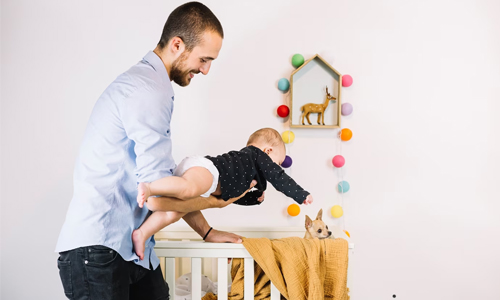
Avoid putting little, flimsy crib items in your baby’s room because doing so can be dangerous. Because a wide area increases the danger of harm, you should be mindful of mattresses and keep the slat distance to no more than 6 cm.
3. Install Crib Drawer
A peaceful environment, large space and the crib drawer will be helpful if you have a fussy baby around in the room. Buy a changing table and drawers for newborn babies, most of the cribs come with 2 to 3 drawers so you can store your baby’s clothes, diapers, toys and so on.
4. Install a Smoke Detector
Install a smoke alarm in your child’s room for safety reasons.
5. Keep a First-Aid and Medical Box
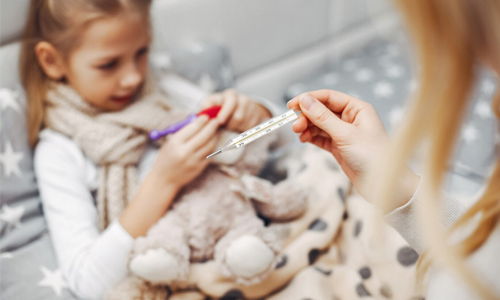
First aid and medical boxes are more important in your kid’s room. You never know when your baby will get an injury, so keep the emergency kit always with you. A medical box should typically contain bandages, a thermometer, droppers, measuring cups, dehydration powder, diaper rash cream, and antiseptic sprays.
Baby Room’s Location
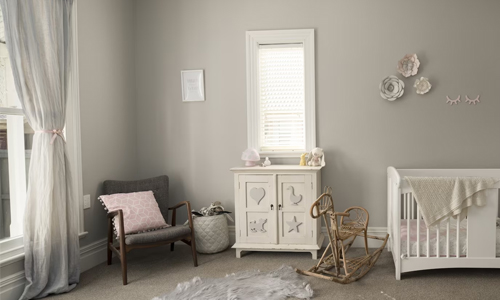
Be mindful of the weather while choosing the location for your baby’s room because it becomes hot in the summer and very cold in the winter. So, keep your child’s room facing south for safety and comfort.
6. Budget
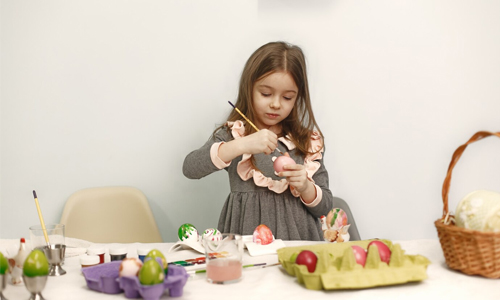
Before you begin decorating your baby’s room, you should first fix your budget. You can spend your money on furniture, baby care items, colours, and flooring, but don’t spend more on unnecessary things to make a room beautiful. If you have a low budget, you can recycle your kid’s old stuff.
7. Keep It Simple
Keep your baby’s room simple don’t rush into buying everything at once. You can buy a wooden product rather than plastic for a long life. Do not buy a product for its colour and gorgeous look.
Decor
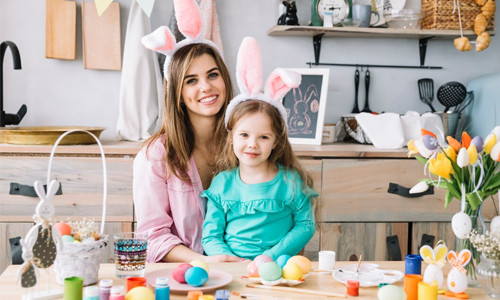
Your decoration must comfort your baby, here are some tips for your decoration.
8. Choose a Simple Theme
Always choose gentle and simple ones while designing your baby’s room. You need to avoid over-decorating and loud distracting things. Your child should not feel uncomfortable or overwhelmed by what they see in their surroundings.
9. Choose Gender-Neutral Wall Colours
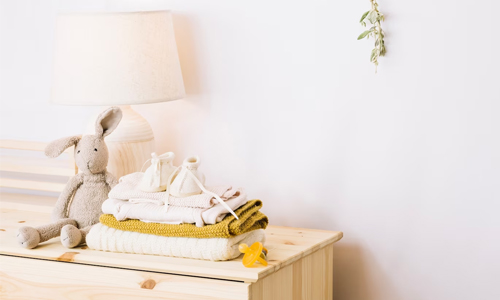
Choose gender-neutral wall colours for your child’s room, like grey, light yellow, and teal. You can also choose natural shades like wood, brown, beige and green.
10. Add Curtains
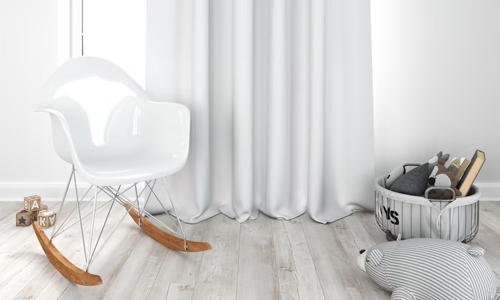
Use thick curtains for your kid’s room to maintain a good temperature throughout the day. This curtain will ensure your baby gets enough sleep. Bedtime plays an important role in your kid’s brain development, physical growth, memory power, language and overall development.
11. Decorate the Ceiling
Between the ages of 12 and 16 weeks, babies look predominantly upward. As a result, you need to either add a wallpaper that coordinates with the nursery’s motif or paint the ceiling a serene colour.
12. Keep Laundry Baskets
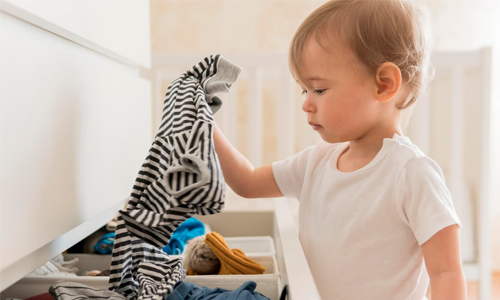
One of the essential items in a baby’s room is the laundry basket. You can use it to store your baby’s toys in addition to laundry clothing.
13. Use Eco-Friendly Green Products
Avoid chemical fragrances, soap, body wash, and moisture in your baby’s room, instead of this you can use non-toxic and eco-friendly products, energy-efficient lights and organic blankets.
Room for Kid’s Grow
It’s critical to plan a bedroom that will grow with your children and accommodate their developing tastes and interests both now and in the coming five years. The playfulness and imagination of your child are sparked by everything from timeless reading corners to innovative storage solutions, which also save you time and money in the long run.
14. Design a Growth Chart
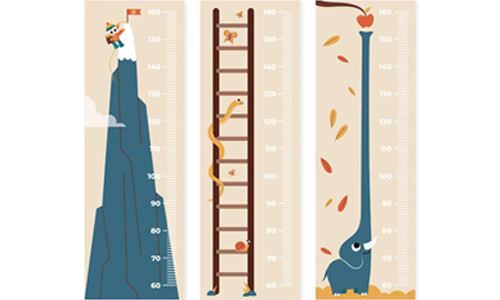
Draw human growth measurement lines and cartoon characters like dreamy, animals, rainbows, trees, and geometric. Place it on the wall close to the floor, or you can paint a measurement on the wall directly. These measurement lines will help you find your baby’s growth.
15. Install a Bookshelf
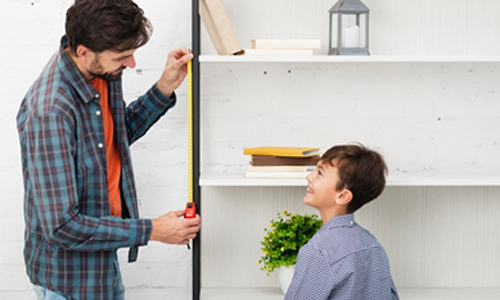
While designing your baby’s room, you should add a bookshelf to encourage your baby’s reading and learning habits. Because reading will help your kid learn new things and improve their vocabulary.
16. Keep Playing Toys
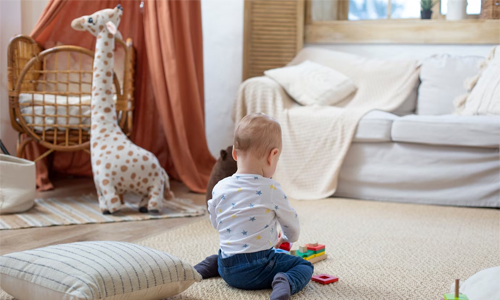
Utilize toys and playthings to make your baby’s room more entertaining. You can add items like chemical-free toys, milk bottles, towels, and other things as your child grows. Your kid can have the ultimate fun while bathing with rubber duck toys and playing various games and activities.
17. Essential Equipment for Your Baby’s Room
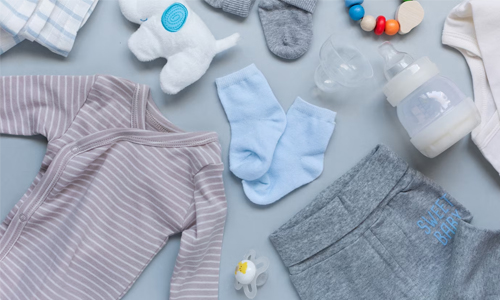
You should make essential equipment available at every time, like humidifiers, lamp lights, window treatment, garbage cans, infant monitors, nursing pillows, diapers, wipes, cotton blankets, changing tables, comfortable chairs and so on.
While designing your baby’s room, these tips will help you create the perfect place for your child. Start your planning and be ready to welcome your little one home.
Leia
Related posts
Women Tips
Privacy Overview
| Cookie | Duration | Description |
|---|---|---|
| cookielawinfo-checkbox-analytics | 11 months | This cookie is set by GDPR Cookie Consent plugin. The cookie is used to store the user consent for the cookies in the category "Analytics". |
| cookielawinfo-checkbox-functional | 11 months | The cookie is set by GDPR cookie consent to record the user consent for the cookies in the category "Functional". |
| cookielawinfo-checkbox-necessary | 11 months | This cookie is set by GDPR Cookie Consent plugin. The cookies is used to store the user consent for the cookies in the category "Necessary". |
| cookielawinfo-checkbox-others | 11 months | This cookie is set by GDPR Cookie Consent plugin. The cookie is used to store the user consent for the cookies in the category "Other. |
| cookielawinfo-checkbox-performance | 11 months | This cookie is set by GDPR Cookie Consent plugin. The cookie is used to store the user consent for the cookies in the category "Performance". |
| viewed_cookie_policy | 11 months | The cookie is set by the GDPR Cookie Consent plugin and is used to store whether or not user has consented to the use of cookies. It does not store any personal data. |

